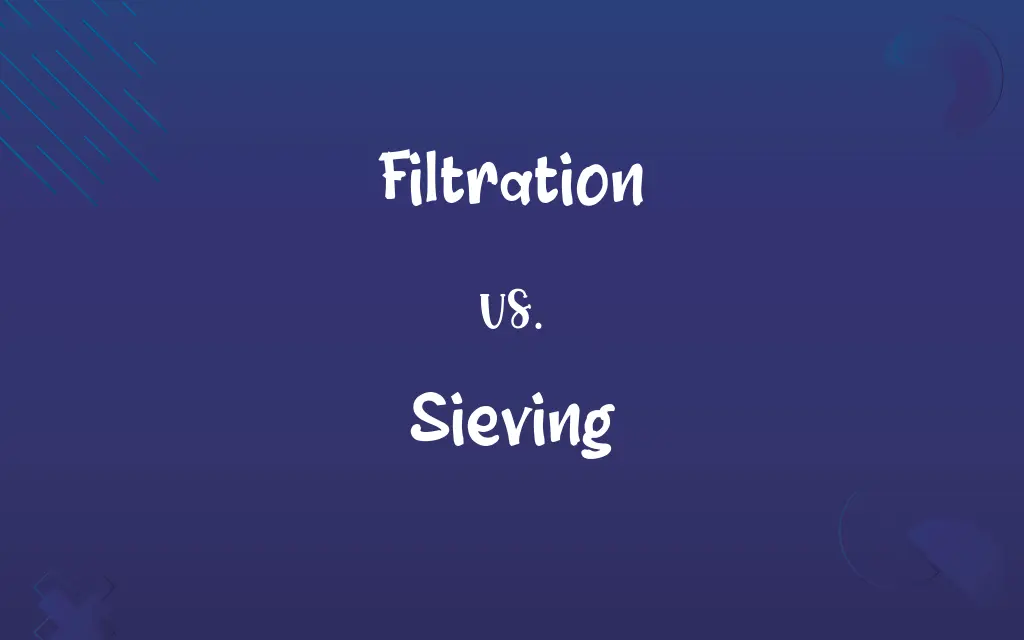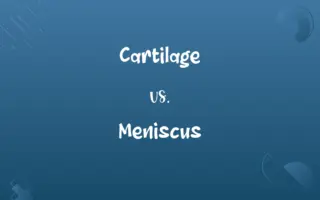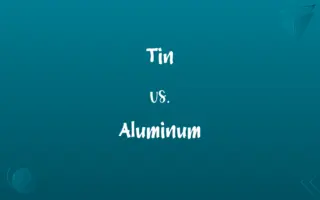Filtration vs. Sieving: Know the Difference

By Shumaila Saeed & Dua Fatima || Published on May 3, 2024
Filtration involves passing a liquid or gas through a filter to remove particles, while sieving separates particles based on size using a sieve with holes or meshes.

Key Differences
Filtration is a process used to separate solids from liquids or gases by passing the mixture through a porous material, known as a filter, which traps the solid particles while allowing the fluid to pass through. Sieving, on the other hand, is a simpler mechanical separation technique that involves passing a mixture of particles of different sizes through a sieve or screen with uniform openings.
Shumaila Saeed
May 03, 2024
While filtration can separate particles at the microscopic level, including bacteria and other microorganisms, sieving is effective for larger, particulate materials and does not typically reach the microscopic scale. Filtration's versatility allows it to be used with both liquids and gases, whereas sieving is mainly used for solid particulate materials.
Dua Fatima
May 03, 2024
The choice between filtration and sieving depends on the desired purity, the size of the particles to be removed, and the nature of the mixture. Filtration is more suitable for finer separations and when dealing with fluids, while sieving is preferred for coarser separations and dry materials. Both methods are crucial for quality control, processing, and preparation of materials in various scientific and industrial fields.
Shumaila Saeed
May 03, 2024
Despite their differences, both filtration and sieving are essential in separating and purifying materials, each playing a unique role in industrial processes, laboratory settings, and daily applications like water purification and food preparation.
Shumaila Saeed
May 03, 2024
Comparison Chart
Mechanism
Separates solids from liquids or gases using a porous filter
Separates particles based on size using a sieve with holes or meshes
Shumaila Saeed
May 03, 2024
ADVERTISEMENT
Applications
Water treatment, air purification, chemical processing
Food processing, agriculture, mineral processing
Dua Fatima
May 03, 2024
Particle Size
Can remove very fine particles, including microorganisms
Effective for larger, particulate materials
Shumaila Saeed
May 03, 2024
Efficiency
Depends on pore size of the filter, particle nature, and fluid properties
Depends on the size of the sieve openings and the material being sieved
Shumaila Saeed
May 03, 2024
Purpose
To remove impurities or separate components based on particle size in fluids
To grade and separate materials based on size, typically in dry mixtures
Hifza Nasir
May 03, 2024
ADVERTISEMENT
Filtration and Sieving Definitions
Filtration
Versatile in application, for both liquids and gases.
Chemical plants use filtration to process gases released during manufacturing.
Dua Fatima
Mar 04, 2024
Sieving
A method for separating particles by size.
Sieving is used in baking to remove lumps from flour.
Shumaila Saeed
Mar 04, 2024
Filtration
Essential for water treatment.
Municipal water systems rely on filtration to remove contaminants from drinking water.
Shumaila Saeed
Mar 04, 2024
Sieving
Common in food processing.
Sieving helps in grading grains by size before packaging.
Shumaila Saeed
Mar 04, 2024
Filtration
A process for separating solids from fluids.
Filtration is used in aquariums to keep the water clean for fish.
Shumaila Saeed
Mar 04, 2024
ADVERTISEMENT
Sieving
Ineffective for microscopic particles.
Sieving cannot separate bacterial contaminants from food.
Dua Fatima
Mar 04, 2024
Filtration
Can achieve separation at the microscopic level.
HEPA filters in air purifiers use filtration to remove airborne particles.
Hifza Nasir
Mar 04, 2024
Sieving
Used for dry particulate materials.
Mineral processing plants sieve ores to separate valuable minerals from waste rock.
Hifza Nasir
Mar 04, 2024
Filtration
Involves using a porous material as a filter.
The laboratory filtration setup used a paper filter to purify the solution.
Dua Fatima
Mar 04, 2024
Sieving
Utilizes a sieve with uniform openings.
The construction site used sieving to separate gravel and sand for concrete.
Dua Fatima
Mar 04, 2024
Filtration
The act or process of filtering; the mechanical separation of a liquid from the undissolved particles floating in it.
Shumaila Saeed
Mar 03, 2024
Filtration
The process whereby fluids pass through a filter or a filtering medium
Shumaila Saeed
Mar 03, 2024
Repeatedly Asked Queries
Is sieving effective for liquid mixtures?
Sieving is primarily used for solid particulate materials and is not typically effective for liquid mixtures.
Shumaila Saeed
May 03, 2024
Can sieving separate particles of the same size but different densities?
No, sieving separates particles based on size alone and does not account for density differences.
Shumaila Saeed
May 03, 2024
How is filtration used in air purification?
Filtration in air purifiers involves passing air through filters to remove pollutants, dust, pollen, and microorganisms.
Hifza Nasir
May 03, 2024
Can filtration remove bacteria?
Yes, filtration can remove bacteria and other microorganisms, depending on the pore size of the filter used.
Shumaila Saeed
May 03, 2024
What are some common materials used as filters in filtration?
Common filter materials include paper, cloth, activated carbon, and synthetic membranes.
Dua Fatima
May 03, 2024
What factors influence the efficiency of filtration?
The efficiency of filtration is influenced by the filter's pore size, the nature of the particles, and the properties of the fluid.
Dua Fatima
May 03, 2024
Can the pore size of a sieve be adjusted?
The pore size of a sieve is fixed, but sieves with different pore sizes can be used depending on the desired separation.
Shumaila Saeed
May 03, 2024
What is the main difference between filtration and sieving?
Filtration separates particles from fluids using a porous filter, while sieving separates particles based on size using a sieve.
Dua Fatima
May 03, 2024
What is a HEPA filter?
A HEPA (High Efficiency Particulate Air) filter is a type of air filter that can remove at least 99.97% of airborne particles with a size of 0.3 micrometers.
Shumaila Saeed
May 03, 2024
How do you choose between filtration and sieving for a specific application?
The choice depends on the mixture's nature, the size of particles to be separated, and the desired purity or separation outcome.
Dua Fatima
May 03, 2024
Share this page
Link for your blog / website
HTML
Link to share via messenger
About Author
Written by
Shumaila SaeedShumaila Saeed, an expert content creator with 6 years of experience, specializes in distilling complex topics into easily digestible comparisons, shining a light on the nuances that both inform and educate readers with clarity and accuracy.
Co-written by
Dua Fatima







































































